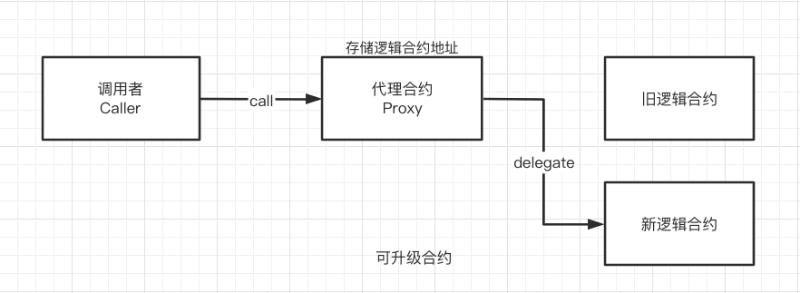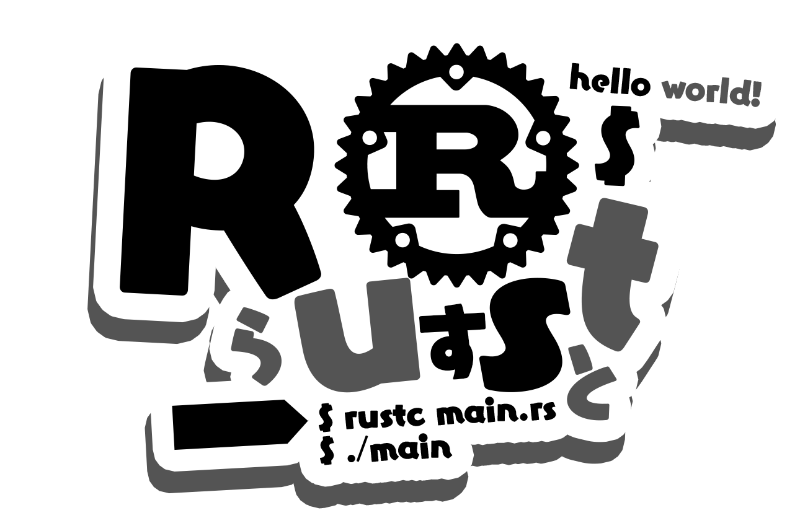
Rust study Day2
本文最后更新于 2024-03-29,本文发布时间距今超过 90 天, 文章内容可能已经过时。最新内容请以官方内容为准
Rust study Day2
1. Owership
1.2 Pre-knowledge
栈中的所有数据都必须占用已知且固定的大小。在编译时大小未知或大小可能变化的数据,要改为存储在堆上。堆是缺乏组织的:当向堆放入数据时,你要请求一定大小的空间。内存分配器(memory allocator)在堆的某处找到一块足够大的空位,把它标记为已使用,并返回一个表示该位置地址的 指针(pointer)。这个过程称作 在堆上分配内存(allocating on the heap),有时简称为“分配”(allocating)。
In english: The heap is less organized: when you put data on the heap, you request a certain amount of space. The memory allocator finds an empty spot in the heap that is big enough, marks it as being in use, and returns a pointer, which is the address of that location. This process is called allocating on the heap and is sometimes abbreviated as just allocating (pushing values onto the stack is not considered allocating). Because the pointer to the heap is a known, fixed size, you can store the pointer on the stack, but when you want the actual data, you must follow the pointer.
入栈比在堆上分配内存要快,因为(入栈时)分配器无需为存储新数据去搜索内存空间;其位置总是在栈顶。相比之下,在堆上分配内存则需要更多的工作,这是因为分配器必须首先找到一块足够存放数据的内存空间,并接着做一些记录为下一次分配做准备。
Pushing to the stack is faster than allocating on the heap because the allocator never has to search for a place to store new data; that location is always at the top of the stack.
访问堆上的数据比访问栈上的数据慢,因为必须通过指针来访问。现代处理器在内存中跳转越少就越快(缓存)。
Accessing data in the heap is slower than accessing data on the stack because you have to follow a pointer to get there. Contemporary processors are faster if they jump around less in memory.
2.1 Owership rules
- Rust 中的每一个值都有一个 所有者(owner)。
Each value in Rust has an owner.
- 值在任一时刻有且只有一个所有者。
There can only be one owner at a time.
- 当所有者(变量)离开作用域,这个值将被丢弃。
When the owner goes out of scope, the value will be dropped.
2.2 Variables scope
变量的作用域和其他编程语言近似,基本都是由{}来控制。
Variable scope is similar with other programming languages. Var life is limited by the {}.






